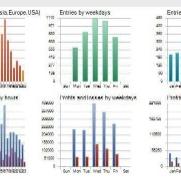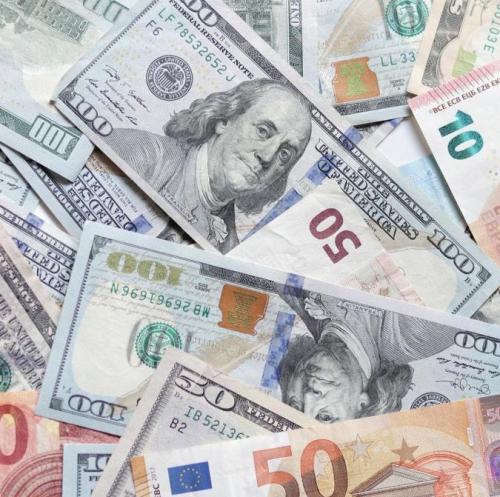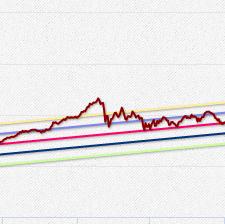Không hiện lại cái này
FXTM Invest giúp bạn tự động sao chép giao dịch từ những nhà giao dịch giàu kinh nghiệm hơn.
Bạn chỉ phải trả phí cho Nhà quản lý Chiến lược khi bạn có lợi nhuận, nên lợi ích của họ gắn liền với việc không ngừng tinh chỉnh và cải thiện chiến lược của mình để tạo ra thành quả tốt nhất.
Cách chọn Nhà quản lý Chiến lược Câu hỏi thường gặp 1
Chọn Nhà quản lý Chiến lược
2
Nạp tiền
3
Tự động sao chép giao dịch của Nhà quản lý Chiến lược
4
Thu tiền về khi họ tạo ra lợi nhuận
5
Các Nhà quản lý Đầu tư Xếp hạng Cao
Nhà quản lý Chiến lược
Chọn Nhà quản lý Chiến lược của bạn dựa trên số tiền mà bạn sẵn sàng đầu tư và chấp nhận rủi ro.
Chỉ gồm Nhà quản lý Chiến lược hàng đầu
Cập nhật lần cuối: 00:51 GMT +03:00
5


Profitsrider
Georgios Baizanis
108.42
Tỷ suất Lợi nhuận %
6
Người theo dõi
< 10K
Tiền Được quản lý ($)
11


GiaPhat_Capital
Doan Thai Pham
162.56
Tỷ suất Lợi nhuận %
4
Người theo dõi
< 10K
Tiền Được quản lý ($)

Cảnh báo Rủi ro Giao dịch có rủi ro. Vốn của bạn có thể gặp rủi ro. Exinity Limited hoạt động theo quy định của FSC (Mauritius).
Cảnh báo Rủi ro Giao dịch có rủi ro. Vốn của bạn có thể gặp rủi ro. Exinity Limited hoạt động theo quy định của FSC (Mauritius).























